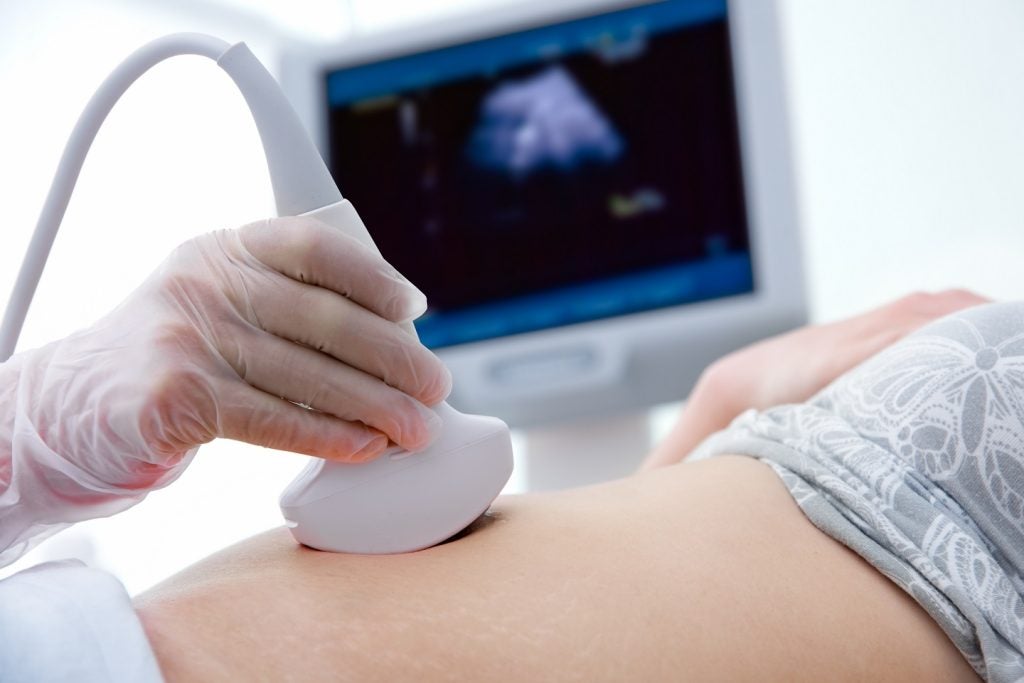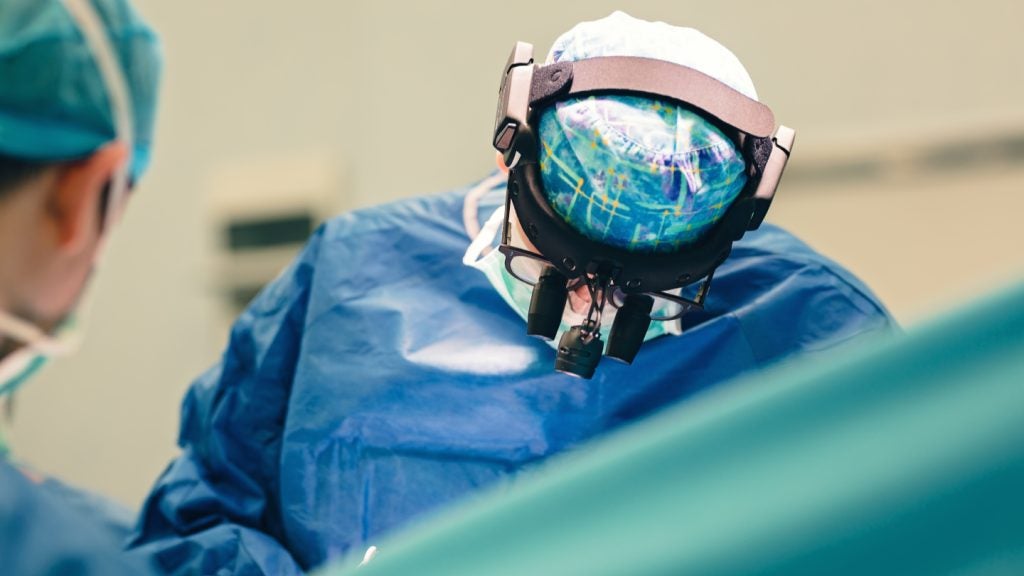Researchers from the University of Illinois Chicago (UIC) and University of Illinois Urbana-Champaign (UIUC) in the US have developed an ultrasound-based method to predict the risk of preterm birth.
The approach utilises quantitative ultrasound to measure microstructural changes in the cervix and can be applied as early as 23 weeks into pregnancy.
UIC nursing emeritus professor Barbara McFarlin said: “Today, clinicians wait for signs and symptoms of a preterm birth, such as a ruptured membrane.
“Our technique would be helpful in making decisions based on the tissue and not just on symptoms.”
The traditional method for assessing the risk of preterm birth relies on a woman’s previous birth history, leaving a gap in risk assessment for first-time pregnancies.
The new ultrasound technique fills this gap by providing a way to evaluate risk without prior delivery history.
In a study involving 429 women at the University of Illinois Hospital, the method proved effective for predicting preterm birth risk, particularly in first-time pregnancies.
According to the university, the new method was effective in assessing risk when combined with a woman’s delivery history for those in subsequent pregnancies.
UIUC electrical and computer engineering professor Bill O’Brien said: “That is a very, very high percentage to not know what is happening.”
O’Brien noted that the study will allow other researchers to “start studying processes by which you might be able to prevent or delay preterm birth.”
The research is backed by the National Institutes of Health’s National Institute of Child Health and Human Development.















